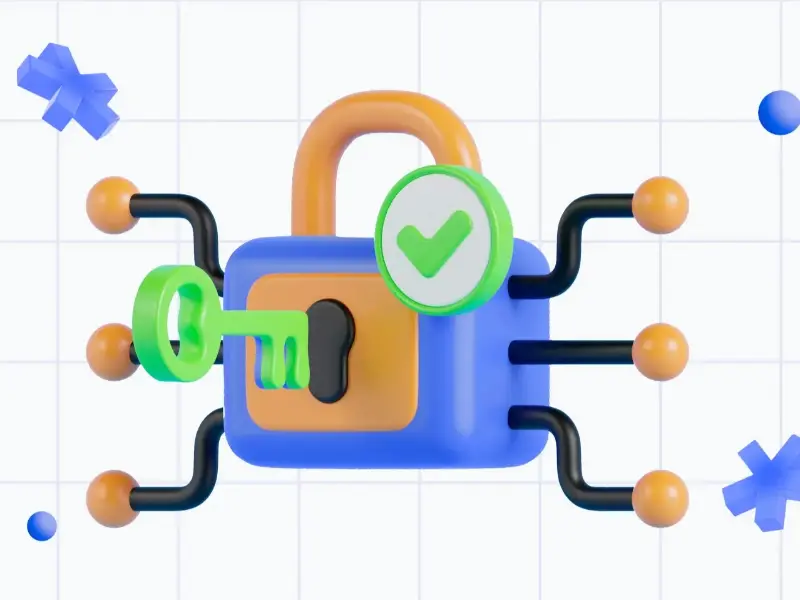- End-to-end encrypted (E2EE) messages are communications that are encrypted on the sender’s device and can only be decrypted by the intended recipient.
- With increasing concerns about data breaches, surveillance, and cyber-attacks, E2EE provides a layer of protection, ensuring that sensitive information remains confidential.
What is end-to-end encryption?
End-to-end encryption is a security measure where messages are encrypted on the sender’s device and only decrypted on the recipient’s device. This ensures that during transmission, the message remains inaccessible to anyone other than the intended recipient.
End-to-end encryption is widely used in various communication platforms, including messaging apps like WhatsApp, Signal, and Telegram, as well as email services and online collaboration tools. Its implementation is critical in protecting sensitive information and ensuring privacy in a world where digital communication is ubiquitous.
In essence, end-to-end encryption provides a vital layer of security, making it a cornerstone of modern digital privacy practices. By ensuring that only the intended recipients can access the content of their messages, E2EE helps safeguard personal and professional communications from unauthorised access and potential threats.
Also read: Does encryption ensure data integrity? Unravelling the connection
Also read: Understanding data encryption: Methods and real-world examples
How does end-to-end encryption work?
The process of end-to-end encryption involves several key steps:
Encryption on the sender’s device: When a message is sent, it is encrypted using complex algorithms on the sender’s device. This process converts the original message into ciphertext—a form of data that appears random and is unreadable to anyone who intercepts it.
Secure transmission: The encrypted message is then transmitted over the network. Since the message is already encrypted, even if it is intercepted by malicious actors or third parties, it remains unreadable and secure.
Decryption on the recipient’s device: Once the encrypted message reaches the recipient, it is decrypted using a specific key that only the recipient’s device possesses. This process converts the ciphertext back into the original readable message.
Why is end-to-end encryption so important?
Enhanced privacy protection: End-to-end encryption ensures that communication content is accessible only to the intended recipient. Without this level of encryption, service providers, hackers, or government agencies might access and read messages, compromising user privacy.
Mitigates data breaches: Data breaches are a significant concern in the digital world. End-to-end encryption offers a robust defence against such breaches by ensuring that intercepted data remains incomprehensible to unauthorised individuals. This reduces the risk of sensitive information being exposed or misused.
Builds user trust: Platforms that implement end-to-end encryption, such as WhatsApp, Signal, and Telegram, foster greater user trust. These services use encryption to reassure users that their conversations are protected from external interference, thereby enhancing the overall user experience.
Secures sensitive communications: End-to-end encryption is crucial for both personal and professional communications. For individuals, it means private conversations remain private. For businesses, it protects sensitive corporate data and confidential discussions from potential breaches or leaks.
Prevents unauthorised surveillance: In some regions, there is a risk of unwarranted surveillance by governmental bodies. End-to-end encryption helps shield users from such intrusive monitoring by ensuring that their communications are secure and private.
Promotes digital security: As cyber threats and attacks become more sophisticated, end-to-end encryption serves as a fundamental security measure. It fortifies digital communications against potential cyber threats, ensuring that data integrity is maintained throughout the transmission process.

